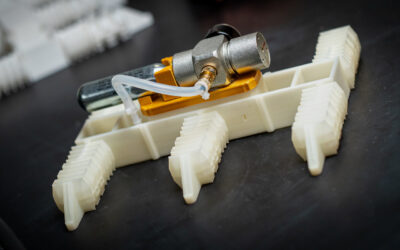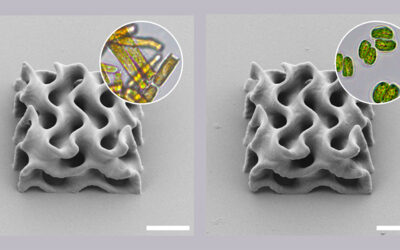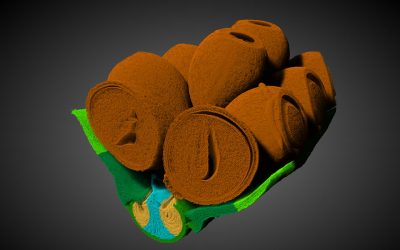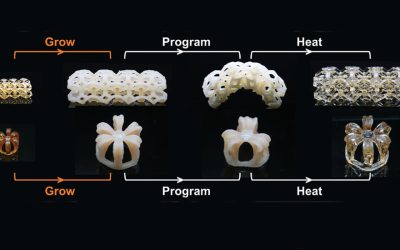The Asia-Pacific biorenewable materials market is estimated to grow at a rate of over 19 percent per annum till 2018, as application development and technology licensing costs come down, and customer awareness grows. With biorenewable materials likely to replace common plastics in various packaging applications, the large replacement demand presents the market in the region with added growth opportunities.
New analysis from Frost & Sullivan, Strategic Analysis of the Asia-Pacific Biorenewable Materials Market, finds that the market earned revenues of $46.8 million in 2011 and estimates this to reach $167.0 million in 2018. The study covers poly-lactic acid (PLA), polyhydroxyalkanoates (PHA), and starch-based polymers, which are bioplastics derived from renewable sources.
Asia Pacific’s plastic packaging market, which comprises of both rigid and flexible packaging, accounts for over 1,200 kilo tonnes of plastics a year. It is expected to grow rapidly, boosting the demand for bioplastics particularly in flexible packaging applications. PLA is likely to experience the highest growth rate, owing to substantial capacity additions locally.
“Rising oil prices have increased the price parity between bioplastics and fossil fuel-based plastics, which are used on a large scale in the packaging industry,” said Frost & Sullivan Industry Analyst Sandeepan Mondal. “This closing gap in price difference further enhances the prospects of the bioplastics market.”
Moreover, the use of bio-based plastics offers several potential benefits, including reduced dependence on fossil fuels and lower greenhouse gas emissions during manufacturing. Taking advantage of this, brand owners are eager to switch to bio-based plastic packaging that highlights their environmental responsibility and appeals to the green consciousness of customers.
However, several factors can hold back the potential of biorenewable materials in Asia Pacific. Prices remain high, since application and technology development is an ongoing process. The low scale-up of manufacturing capacity also increase per unit costs.
In addition, bioplastics’ inferior performance attributes, such as moisture absorption, low heat deflection temperature, and reduced resistance against chemical attacks, limit their application range. The poor execution of eco-labeling policies and insufficient composting facilities in Asia-Pacific countries also restrict the potential applications of bioplastics.
“Manufacturers must innovate technology, develop better products, and scale-up capacity to bring per unit costs down,” concluded Mondal. “To encourage companies to enter the market, local governments should introduce codification for composting and biodegradability, and implement national standard certifications. This will enable the bioplastics market in Asia-Pacific to attract investments and grow steadily.”
Source: Frost
















